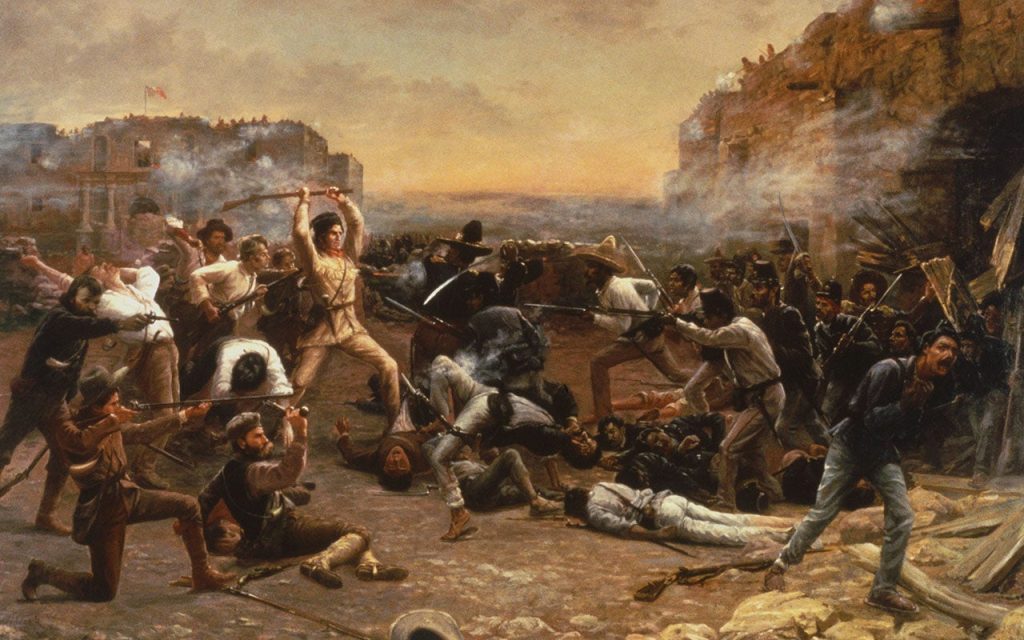On April 21, 1836, in the Texan War for Independence, Texas militia, led by General Sam Houston, launched a surprise attack against the forces of Mexican General Santa Anna on the banks of the San Jacinto river. The Texans were successful in defeating the Mexican forces, capturing hundreds of prisoners, including General Santa Anna himself. The historic battle is well-documented in records. Following the victory at San Jacinto, Texas declared its independence from Mexico in March 1836, ending Mexico’s efforts to subdue the region.
The conflict between Texas and Mexico had roots in the settlement of Americans in Mexican territory following Mexico’s independence from Spain in the 1820s. American settlers, led by figures such as Stephen F. Austin, outnumbered resident Mexicans in Texas, leading to tensions and rebellions against Mexican government regulations. Initially, the Texas volunteers faced defeat against Santa Anna’s forces, including the fall of the Alamo. However, General Houston’s troops regrouped and launched a successful surprise attack at San Jacinto, securing Texas independence from Mexico.
In the Battle of San Jacinto, General Houston and 900 troops fought against Santa Anna’s 1,600 men, shouting “Remember the Alamo!” The Texas Army emerged victorious in just 18 minutes, ensuring Texas’ independence from Mexico. Following the battle, Santa Anna recognized Texas as an independent state in exchange for his freedom. General Houston went on to serve as president of the Republic of Texas and later as senator and governor of the state after Texas became part of the United States.
In the years following the battle, the Alamo became a site of important military history. The U.S. Army began using the Alamo for quartering troops and storing supplies in 1845, and the state of Texas purchased and maintained the historic site in the late 19th and early 20th centuries. In 2015, the Alamo and nearby Spanish missions were collectively designated as a UNESCO World Heritage site, recognizing their cultural and historical significance. The Alamo remains a symbol of Texas’ struggle for independence and is a key part of the state’s rich heritage.


